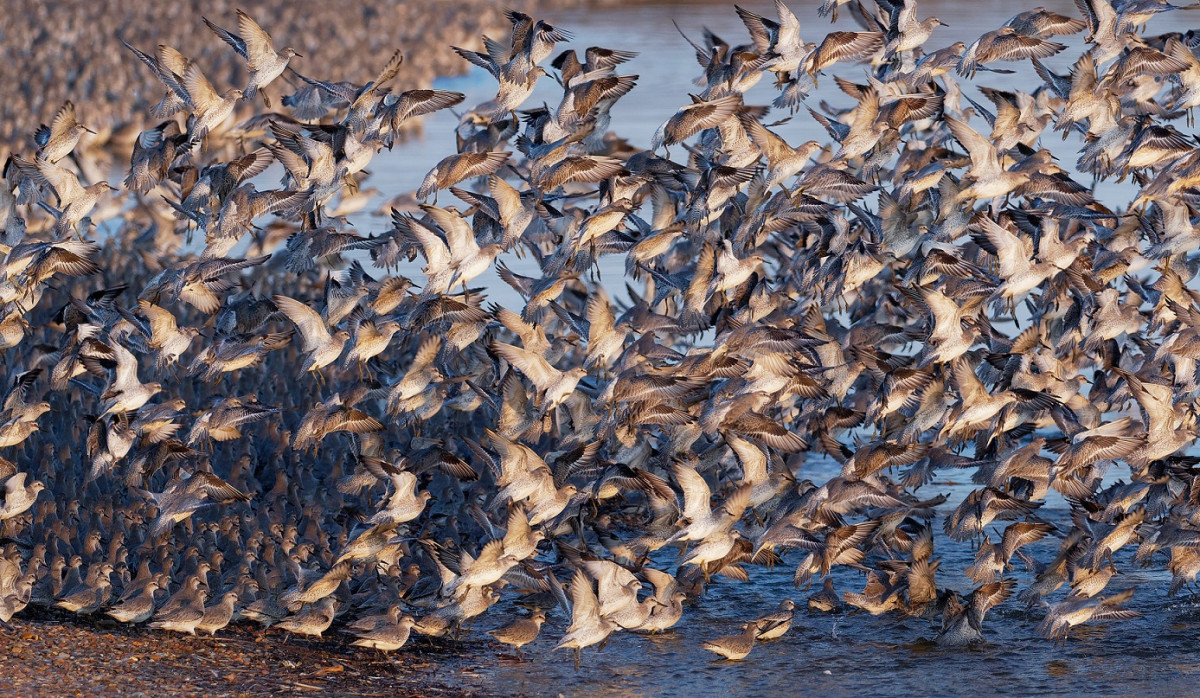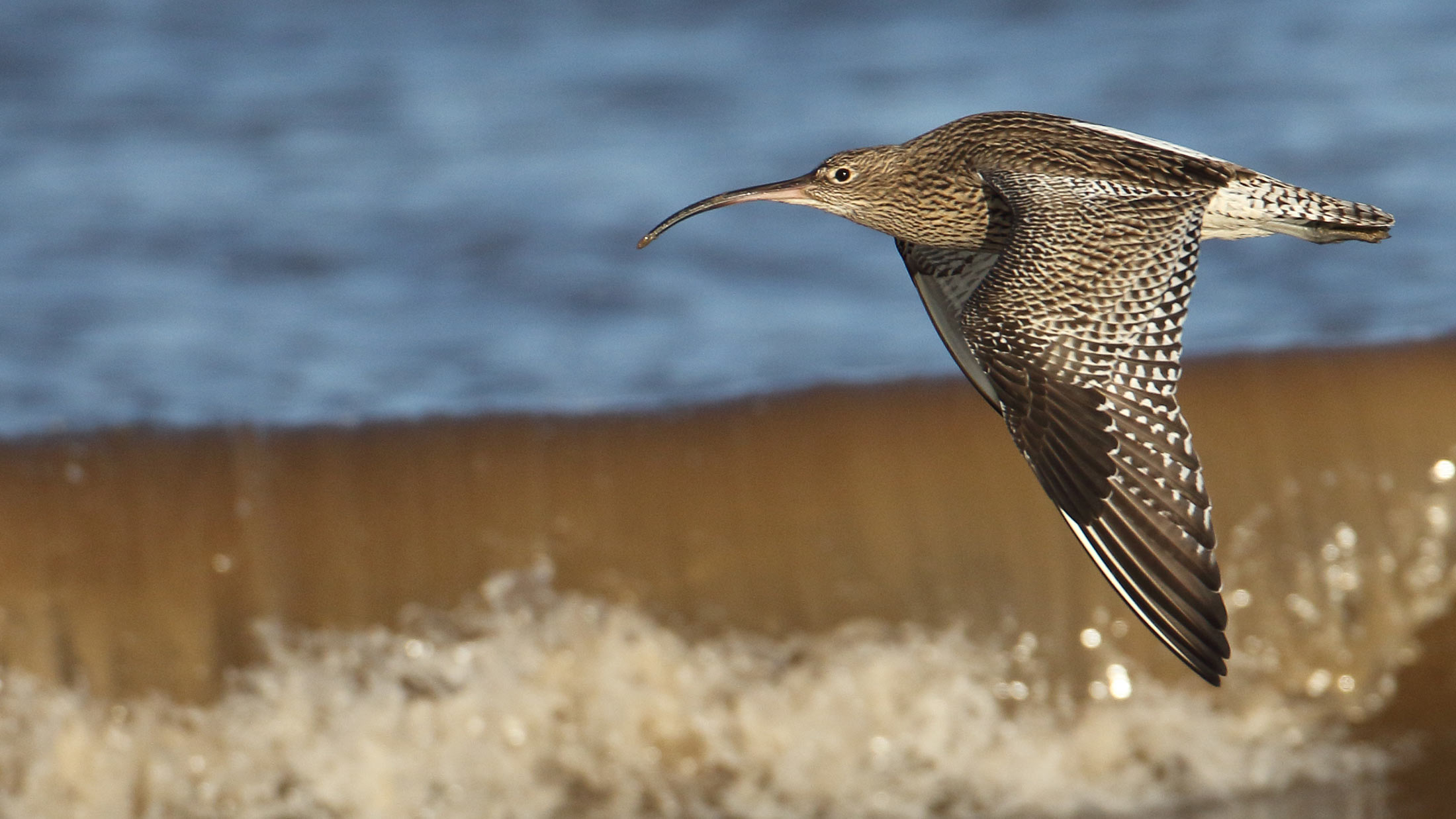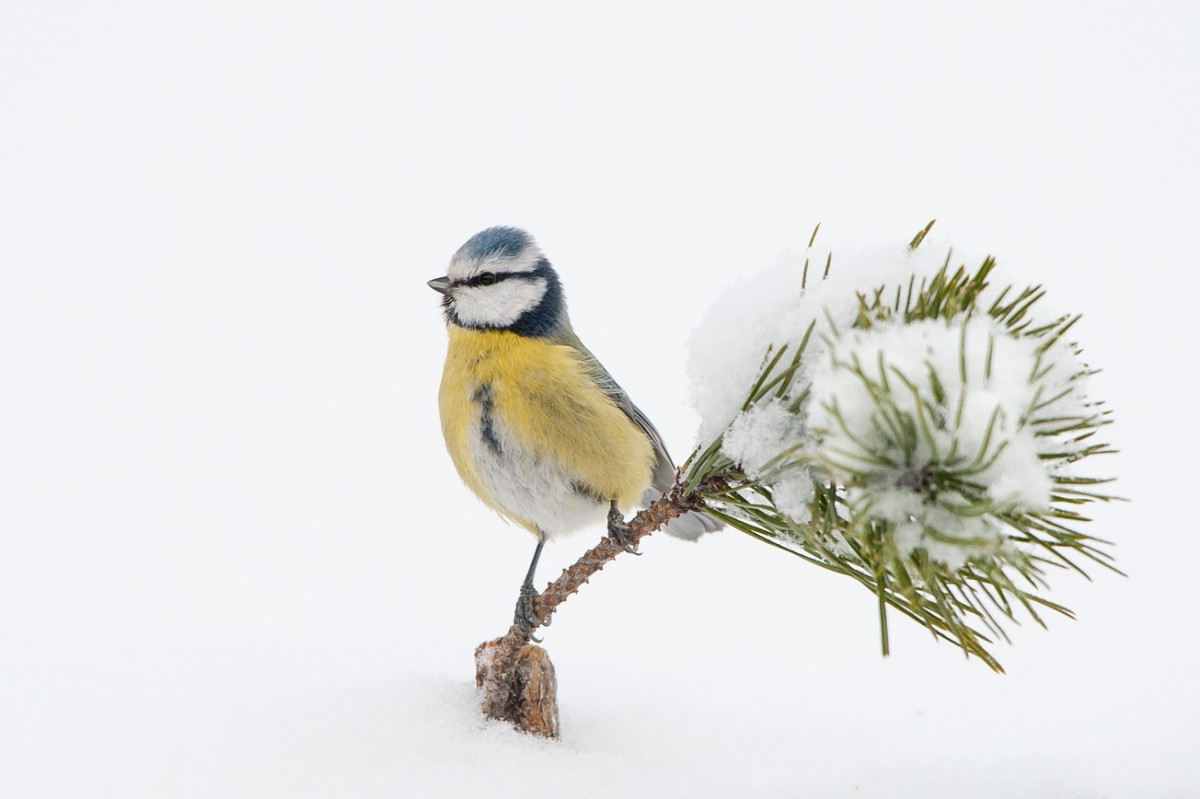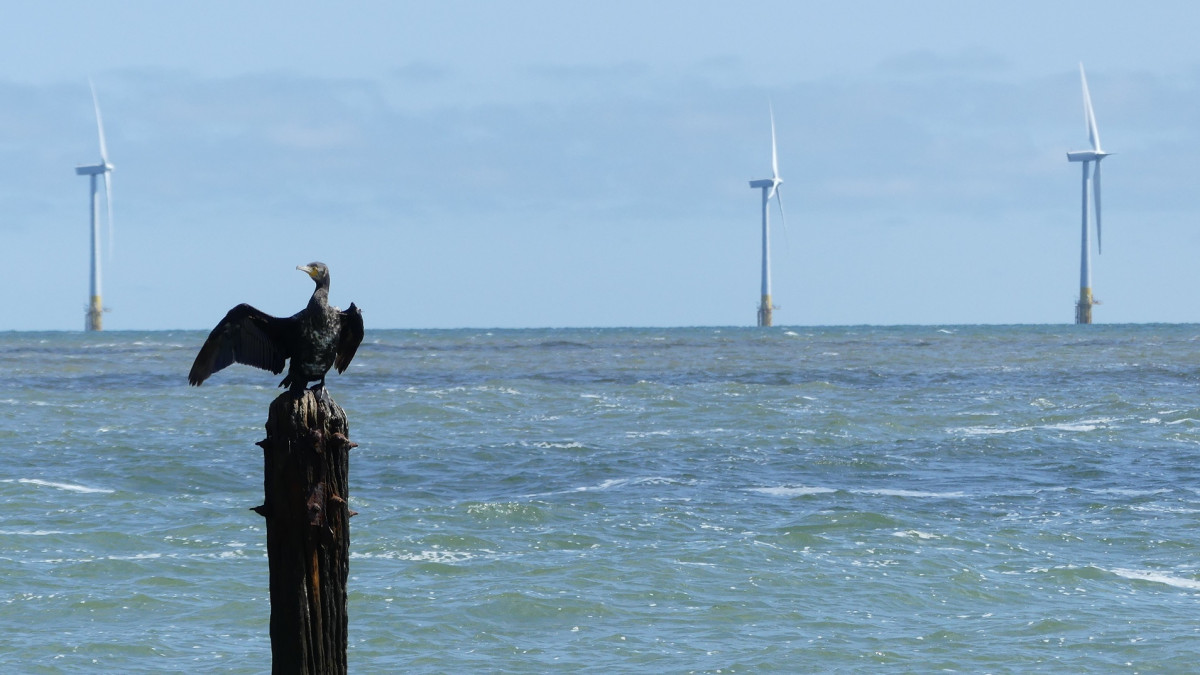BTO publishes peer-reviewed papers in a wide range of scientific journals, both independently and with our partners. If you are unable to access a scientific paper by a BTO author, please contact us.
Search settings
Acute impacts from Teflon harnesses used to fit bio-logging devices to Black-legged Kittiwake Rissa tridactyla
Author: Clewley, G.D., Cook, A.S.C.P., Davies, J.G., Humphreys, E.M., O’Hanlon, N.J., Weston, E., Boulinier, T. & Ponchon, A
Published: 2022
BTO research underlines the importance of assessing the impact of tagging on a species by species basis, and suggests that the tag-attachment methods successfully used on other seabird species might not be suitable for Red-listed Kittiwakes.
02.12.22
Papers

A global biological conservation horizon scan of issues for 2023
Author: Sutherland, W.J. Bennett, C., Brotherton, P.N.M., Butterworth, H.M., Clout, M.N., Côté, I.M., Dinsdale, J., Esmail, N., Fleishman, E., Gaston, K.J., Herbert-Read, J.E., Hughes, A., Kaartokallio, H., Le Roux, X., Lickorish, F.A., Matcham, W., Noor, N.,Palardy, J.E., Pearce-Higgins, J.W., Peck, L.S., Pettorelli, N., Pretty, J., Scobey, R., Spalding, M.D., Tonneijck, F.H., Tubbs, N., Watson, J.E.M., Wentworth, J.E., Wilson, J.D. & Thornton, A.
Published: 2022
29.11.22
Papers

Individual, sexual and temporal variation in the winter home range sizes of GPS-tagged Eurasian Curlew Numenius arquata
Author: Mander, L., Nicholson, I., Green, R., Dodd, S., Forster, R. & Burton, N.
Published: 2022
Widespread declines in breeding performance have caused the IUCN to classify the Curlew as near-threatened. The UK hosts an internationally significant overwintering population, but conservationists fear that impending habitat loss due to sea-level rise will put even greater pressure on this struggling species. Building new intertidal habitat to compensate for these losses is one viable counteraction, but in order to make effective management decisions, we must first understand how Curlew use their winter home range.
24.11.22
Papers Bird Study

Evidence that rural wintering populations supplement suburban breeding populations
Author: Hanmer, H.J., Dadam, D. & Siriwardena, G.M.
Published: 2022
Urban areas can and do hold significant populations of birds, but we know surprisingly little about how these populations are connected with those present within the wider countryside. It has been suggested that the populations using these different habitats may be linked through seasonal movements, with individuals breeding in rural areas moving into urban sites during the winter months to exploit the supplementary food provided at garden feeding stations. However, little work has been done to test this hypothesis.
24.11.22
Papers Bird Study

Framework for assessing and mitigating the impacts of offshore wind energy development on marine birds
Author: Croll, D.A., Ellis, A.A., Adams, J., Cook, A.S.C.P., Garthe, S., Goodale, M.W., Hall, C.S., Hazen, E., Keitt, B.S., Kelsey, E.C., Leirness, J.B., Lyons, D.E., McKown, M.W., Potiek, A., Searle, K.R., Soudijn, F.H., Rockwood, R.C., Tershy, B.R., Tinker, M., VanderWerf, E.A., Williams, K.A., Young, L. & Zilliacus, K.
Published: 2022
24.11.22
Papers
